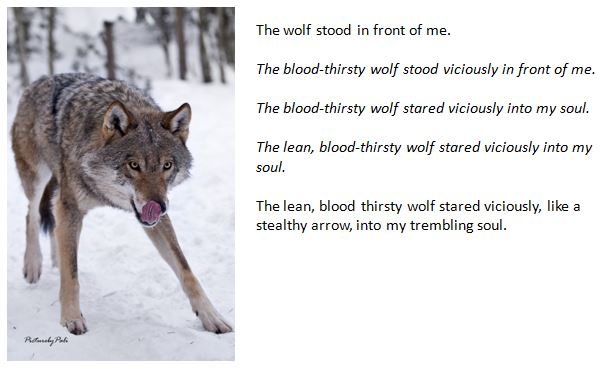The 15 Minute Forum tonight was led by Andy Tharby. Andy was looking at strategies that he has been developing and sharing through his blog, on the issue of developing writing with students.
He started by posing this question:
How would we teach an ‘un-contacted’ tribesperson how to make a loaf of bread?
- Give them an oven and train them how to use it?
- Give them a list of ingredients?
- Give them a clear and understandable recipe?
- Explain to them what a good loaf of bread should look like?
The outcome? It’s highly unlikely that they would be able to bake a loaf of bread like this:
Why not?
- They don’t know what the finished product should look like.
- They haven’t watched an expert go through the process of baking bread.
This is a good analogy for asking students to produce a piece of extended writing. We often do all of the following:
- Give them an oven and train them how to use it? Like giving students the basics ‘tools’ such as a pen, paper and basic literacy skills.
- Give them a list of ingredients? Key words and list of connectives
- Give them a clear and understandable recipe? A writing structure
- Explain to them what a good loaf of bread should look like? Exam success criteria
Again, despite the fact that we do all of the above, they still won’t be able to produce an excellent piece of writing. Why not?
- They don’t know what the finished product should look like. They may not have seen what expert writing looks like.
- They haven’t watched an expert go through the process of baking bread. The process of writing hasn’t been modelled and deconstructed with them.
It seems quite bizarre that we often miss out this essential part of teaching – modelling….. showing them HOW to do it and not just TELLING them!
So why model writing?
So apart from the obvious i.e. that students need to be shown by us, the experts, how to do it, it’s also worth considering:
- Social-evolutionary evidence – suggests that humans are prewired to learn from adults.
- Genre theory. A social and political argument that suggests we should induct students into subject specific genres that they are unaccustomed to e.g. many students are unlikely to have accessed a historical essay or scientific report before.
- It sets a high level of challenge for all.
So how to do it?
Sentence reveal
One very simple strategy is instead of just showing students an exemplar paragraph that you have produced, use powerpoint to show the paragraph one sentence at a time. This gives you the opportunity to discuss particular aspects of each sentence.
In the example below, the focus was on the beginning of each sentence – so this was discussed before moving on to the next sentence.
Co-construction (shared writing)
Sentences are slowly developed and improved through discussion and then ‘adding bits in’ – see examples below:
Further reading
















Reblogged this on The Echo Chamber.
Pingback: Rich Tea or Hob Nob? | Class Teaching